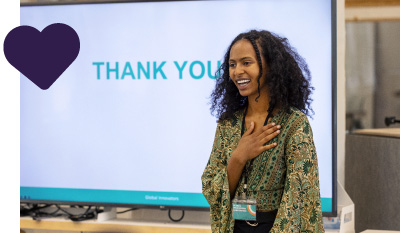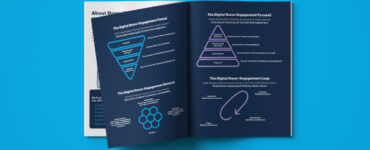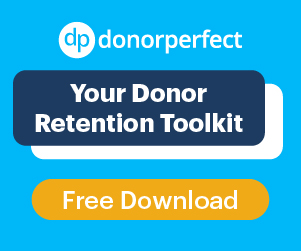
Donor retention is a critical factor in the long-term success of any nonprofit organization. While acquiring new donors is important, retaining existing donors can be even more valuable. Here are some essential strategies to help nonprofits improve their donor retention rates.
Throughout this list, we’ve linked to additional useful free content from our partners at DonorPerfect.

1.Expressing Gratitude
One of the simplest yet most effective ways to retain donors is by expressing gratitude. Send personalized thank-you notes or emails after each donation to show donors that their contributions are valued. Make them feel like an essential part of your organization’s mission.
2. Segmenting Donors
Donors have different preferences and motivations. Segment your donor list based on factors like giving history, interests, and demographics. This allows you to tailor your communication and fundraising appeals to specific donor segments, increasing the relevance of your messages.

3. Communicating Regularly
Stay in touch with your donors throughout the year, not just when you need their support. Send newsletters, updates, and impact reports to keep them informed about your activities and the impact of their donations. Consistent communication helps donors feel connected to your cause.
4. Providing Transparency
Be transparent about how donations are used. Donors want to know that their contributions are making a difference. Share mission-related stories, testimonials, and financial reports to illustrate the impact of their support. When donors trust your organization, they’re more likely to continue giving.
5. Engaging Donor Through Multiple Channels
Reach donors through various channels, including email, social media, direct mail, and events. Different donors prefer different communication methods, so offering multiple options ensures you can connect with a broader audience.
6. Creating a Donor-Centric Culture
Ensure that your organization’s culture prioritizes donors. Everyone, from staff to volunteers, should understand the importance of donor relationships. Make donor-centricity a core value, and it will reflect in your interactions with supporters.

7. Asking for Feedback and using Surveys
Ask for feedback from donors to understand their motivations, preferences, and concerns. Use surveys to gather insights and make improvements based on donor input. Showing that you value their opinions can strengthen donor loyalty.
8. Providing Exclusive Benefits
Offer special benefits or recognition to long-term donors. This could include access to exclusive events, donor-only content, or recognition in your annual report. Recognizing their commitment makes donors feel appreciated.

9. Building Monthly Giving Programs
Encourage donors to join monthly giving programs. Monthly donors tend to have higher retention rates because they’re committed to ongoing support. Make it easy for donors to set up recurring donations.
Launching Reactivation Campaigns
Don’t forget about lapsed donors. Implement reactivation campaigns to re-engage those who haven’t contributed in a while. Sometimes, a friendly reminder is all it takes to bring them back into the fold.
Start Somewhere Today
Donor retention is a definitely a crucial aspect of nonprofit fundraising, but you don’t need to follow ALL of our advice at the same time. Choose one or two methods that works best for your organization and make sense within the context of your mission.
Remember the core concept – by expressing gratitude, communicating regularly, segmenting donors, providing transparency, engaging through multiple channels, creating a donor-centric culture, seeking feedback, offering exclusive benefits, promoting monthly giving, and running reactivation campaigns, nonprofits can build stronger and more sustainable relationships with their supporters.
Meet your fundraising success partner
To learn more about DonorPerfect, fill out the form below or call us at 800-220-8111
"*" indicates required fields








